The RF Power Labs FM300 is a single-ended 300 Watt RF power amplifier using NXP’s MRF300 transistor. Transistors struggle to perform effectively across the entire FM band and to address this issue, we have developed an innovative planar 300W amplifier that significantly enhances performance. This new amplifier features temperature compensation, a valuable addition not present in the previous version. Specifically designed for FM radio transmitters, it utilizes the cost-effective, easy-to-replace NXP MRF300 LDMOS to achieve a maximum RF power output of 300W. With easy serviceability as a top priority, this product remains competitively priced. Should replacement be necessary, the output device can be easily swapped out.
Technical Specifications
– Frequency Band: FM band 87.5MHz to 108MHz
– Maximum Output Power: >325W @ 99MHz (@50V)
– Typical Output Power: 300W
– Drive Power Required: 3-4W
– Input Reflectivity: -20dB
– Power Supply Requirement: 28-50Vdc (48-50V required for full power)
– No bias adjustments or RF circuit tuning required
– Input and Output Impedance: 50 ohms
– Dimensions: 50x82mm, 15-20mm high
Warning: Do not exceed the maximum supply voltage of 50V, as this may cause damage.
Note 1: Use PTFE coaxial cable for RF input and output connections (RG178 is ideal). This allows for very short leads without damaging the coax. Keep the coax leads as short as possible (a few millimeters at most). Additionally, keep the leads on connectors short; the N female flange for RG142 or .141 semi-rigid cable makes for a perfect and easy installation.
Note 2: A heatsink is essential!
Note 3: Ensure that the output transistor is fully in contact with the heatsink. The surface must be completely flat. When purchased without a heatsink, you must install the pallet and reheat the three pads on the transistors to allow for full contact with the heatsink. After this, re-tighten the transistor. Repeat this process if necessary until the transistor is completely flat against the heatsink. Poor contact can lead to unstable oscillations, which may damage the output transistor.


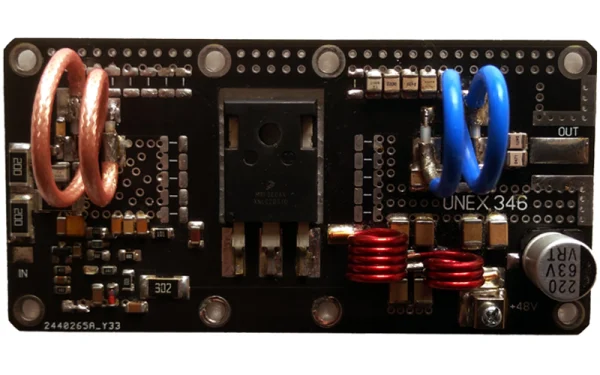
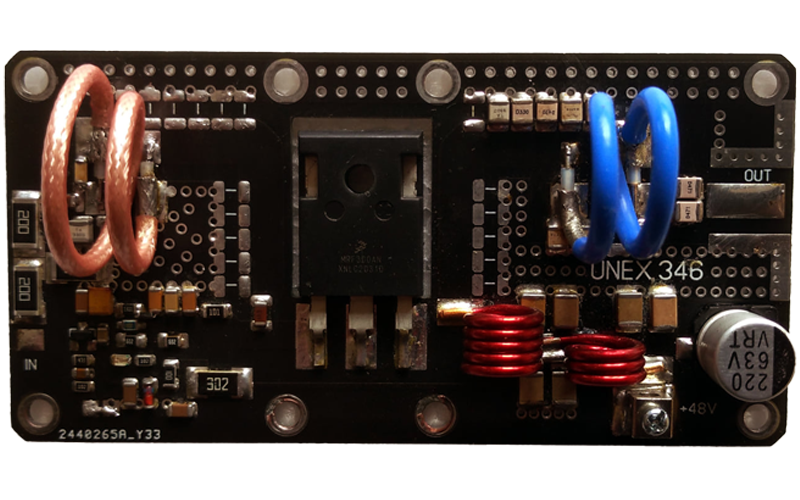
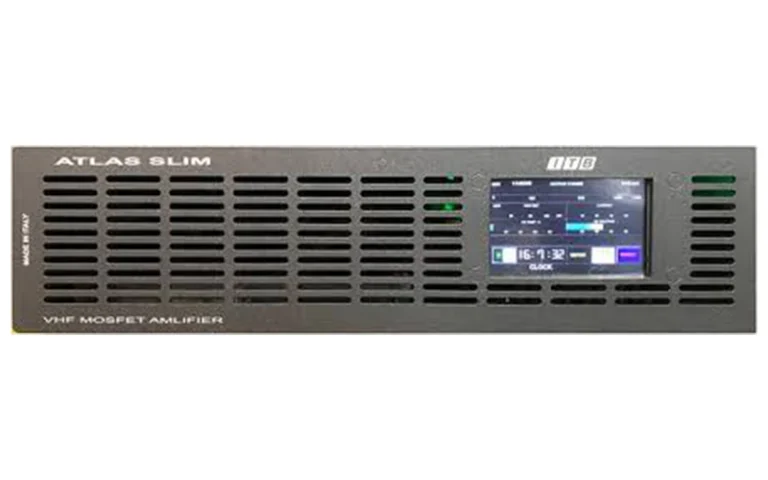
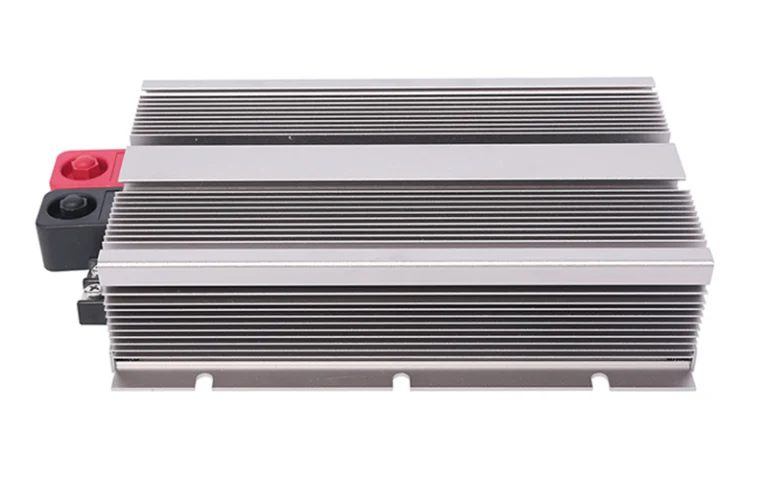

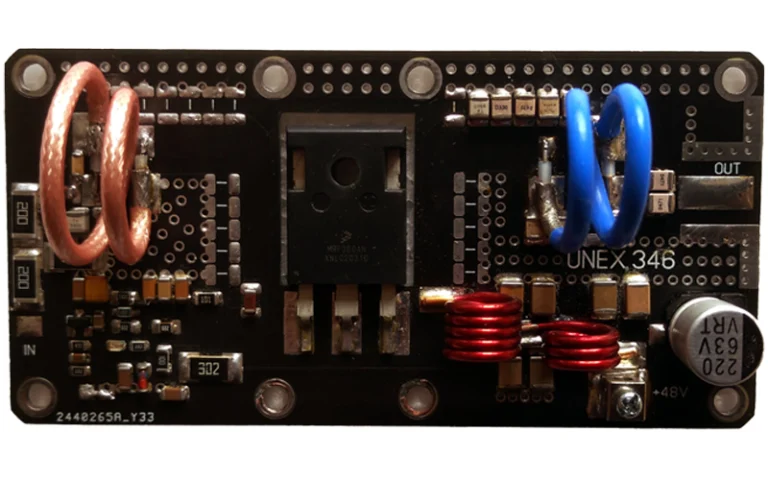

Reviews
Clear filtersThere are no reviews yet.